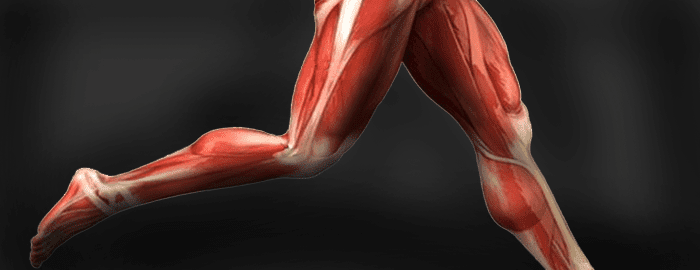Top 3 Ways to Prevent IT Band Pain
Recovery
// Running and squatting athletes commonly report pain and tenderness to touch on the outside of their hip or knee.
The IT band is crucial in helping to stabilize the outside of the knee with every step, knee bend or squat an athlete performs.
With repetitive use, this connective tissue will become taut, causing a continuous rubbing over the boney prominence in the knee, creating irritation, inflammation and/or pain. This is why pain over the lateral portion of the knee is common in runners, cyclists and weight lifters. Similarly, at the hip the IT band helps stabilize the pelvis and hip, assisting in preventing the hip from shifting with each step. In this case, when the glute muscles are weak and unable to perform their job efficiently, the IT band is forced to kick in as the secondary hip stabilizers. This over use will not only cause stress to the area itself, but increase tightness of the connective tissue, creating more friction each time the athlete’s IT band rolls over the greater trochanter. This lateral hip pain would be commonly found in individuals with weak glute musculature, poor body mechanics or women who are pregnant.
Athletes presenting with these symptoms would benefit from a number of different techniques to help decrease the pain.
Athletes should start by loosening this connective tissue and it’s surrounding muscles, meaning they should roll their IT band with a foam roller and be sure to thoroughly stretch their hamstring, glute, hip flexor and quad muscles. Athletes should also focus on strengthening their glute and core muscles to lessen the IT band’s workload and decrease further irritation. And lastly, as a more immediate fix, since this condition is an inflammatory response pain will improve with anti-inflammatories and ice in the area. IT band syndrome is one of the most common causes of knee pain in athletes, so maintaining strong glute muscles and stretching regularly will keep athletes ahead of the curve and prevent them from ever developing this condition.
Stretching the IT Band is one of the most difficult structures to stretch as it isn’t truly a muscle at all.
Foam Roll:
Rolling it out on a foam roll is by far the most effective manner to loosen the area. Lay sideways on the foam roll with the painful hip down, while supporting yourself with your hands. Bend the opposite knee and place that foot on the ground in from of the lower/painful leg. Use your arms and top leg to roll up and down the foam roll (only s far as the knee) while baring all your weight through the painful hip/leg.
Supine IT Band Stretch:
Lay on your back with a stretch strap around the foot. Pull on the strap, lifting the leg and stretch the hamstring, leaving the opposite leg straight and flat. In that position, bring the elevated leg across the body, keeping it straight and try to reach the floor at the opposite side. You will notice your hip will come off the ground so it would also be helpful to have a partner pinning the stretching hip to the ground.
Standing IT Band Stretch:
In standing, place the foot on the painful side behind the opposite leg so that you are now standing with your legs crossed. Lean your trunk away from the painful hip and try to push your painful hip out. It is helpful to perform this leaning next to a wall to help balance.
Actively and regularly take these measures and guarantee that you’ll stay fit for competition and ready to be active whenever you’re called upon.
Are you a better coach after reading this?
More coaches and athletes than ever are reading the TrainHeroic blog, and it’s our mission to support them with useful training & coaching content. If you found this article useful, please take a moment to share it on social media, engage with the author, and link to this article on your own blog or any forums you post on.
Be Your Best,
TrainHeroic Content Team
HEROIC SOCIAL
HEROIC SOCIAL
TRAINING LAB
Access the latest articles, reviews, and case studies from the top strength and conditioning minds in the TH Training Lab

